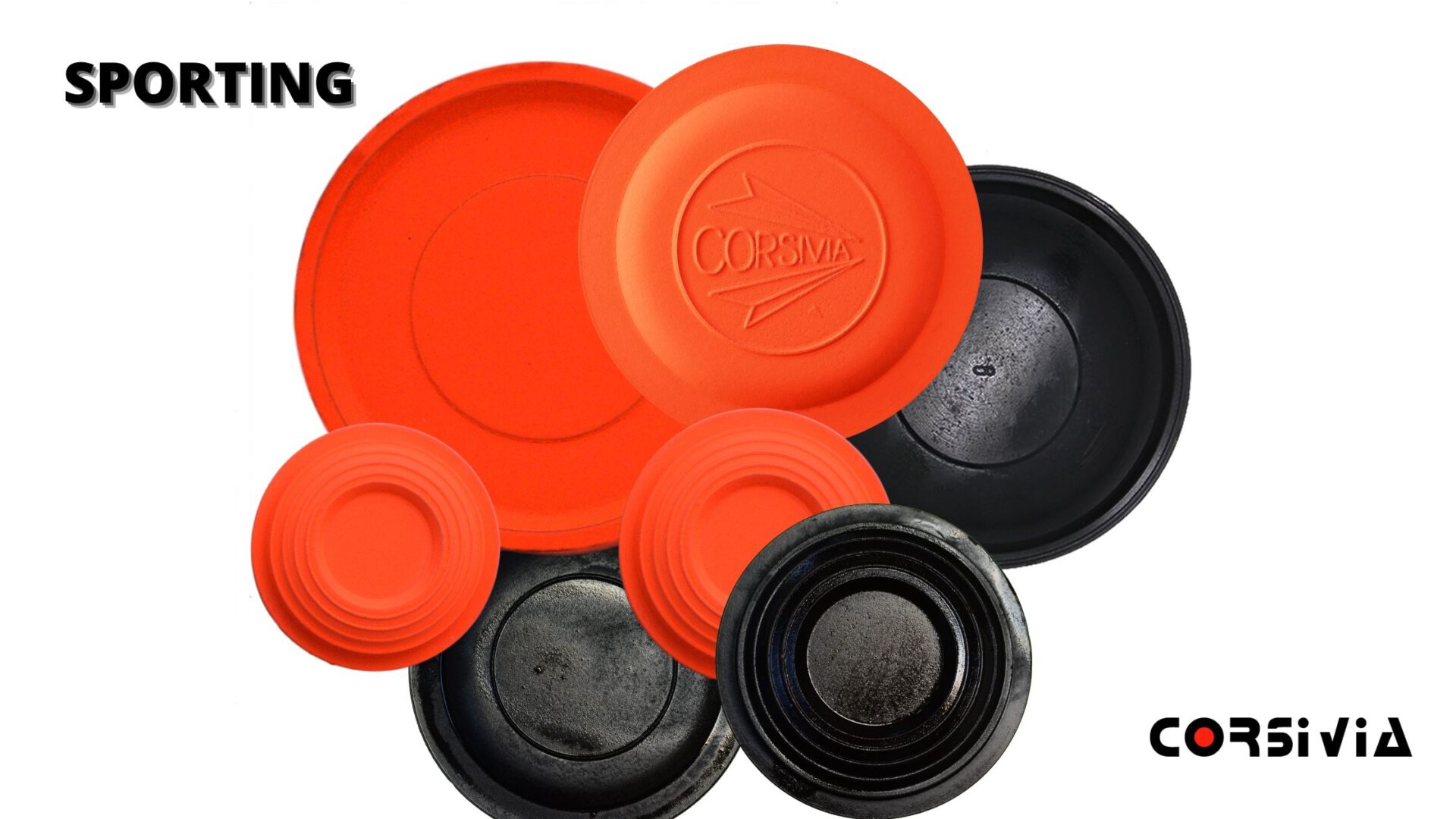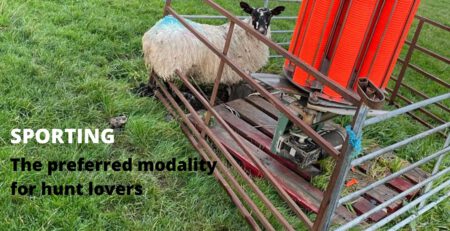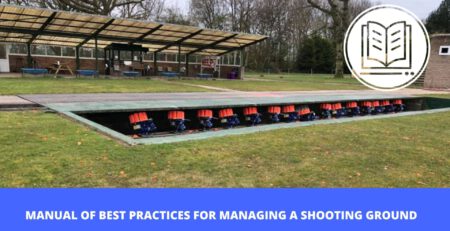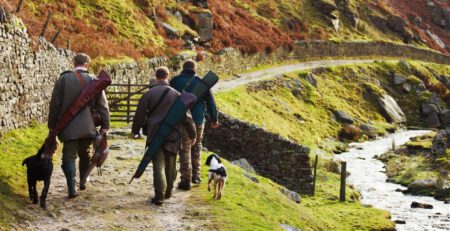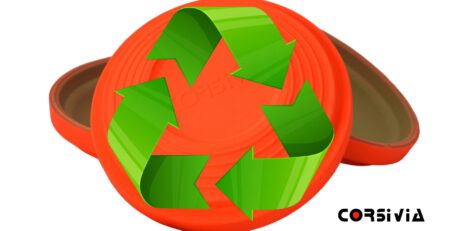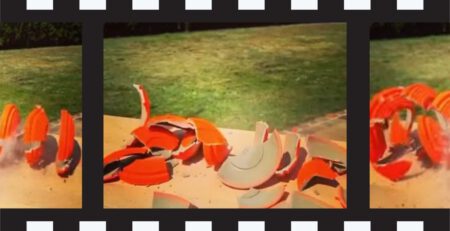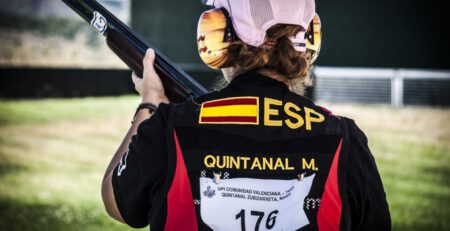WHAT IS COMPAK SPORTING AND WHAT ARE THE BEST TARGETS FOR PRACTISING IT
What is compak sporting and what are the best targets for practising it is a question that you will surely have asked yourself if you are a lover of clay shooting sports.
Compak Sporting is one of the most popular disciplines among hunting enthusiasts who take advantage of the off-season to improve their technique and hone their skills for the next season.
It is also a way to bring in new members to your shooting range every season.
But what is it, exactly? What are the best targets to practice with and what are the rules?
Read on and learn all about it.
WHAT IS COMPAK SPORTING
Compak Sporting is a clay target shooting discipline regulated by the FITASC, which establishes competition rules; in this form of shooting, the shooter contends with targets with highly varied trajectories, making it one of the most exciting disciplines.
It was invented as a way to take shooters “hunting” with clays without hunting trails by taking advantage of smaller shooting grounds.
As you know, hunting trails require large tracts of land with ravines, vegetation and woodland that hide the target’s flight trajectory from the shooter so that the shooters can improve their skills and practice on courses that feature greater realism and difficulty. On the other hand, Compak Sporting is adapted to the dimensions of a conventional shooting range like a trap or skeet range
What is a Compak Sporting range like?
The Compak Sporting range has five traps and five shooting stations where the shooters stand. The stands are located in a straight line and are spaced a few metres apart.
The area inside the stand is one metre by one metre and the target area is a 40 x 25 metre rectangle.
The upper part is a cage, which is used to ensure guns can only swing through a safe arc of fire; shooters are unable to turn around with a loaded shotgun.
The traps are not placed far from the target area, since Compak Sporting rules (which you can see in the link above) require that all the targets pass close to the shooting stands at some point on their trajectory.
What are the main rules of this discipline?
If you want to check them all out, please refer to the Compak Sporting rules managed by the FITASC, as we mentioned above.
Here are just a few:
Installations
The area is delimited by a rectangular zone over which the targets must travel, 40 m wide and 25 m deep.
Shooting stands
The five shooting stands are made up of 1m x 1m squares, lined up and set 3 to 5 metres apart, from centre to centre.
Traps
A Compak Sporting competition uses at least six traps. These traps can be manual, semi-automatic or automatic.
Arms and ammunition
All shotguns are allowed, provided they are not over 12 gauge and the barrel length is not less than 66 cm (26 inches), except pump shotgun.
The ammunition used during Compak Sporting competitions is limited to 28 grams of lead (tolerance of + 0.5 gram).
Hearing protection and safety glasses
The shooters, referees, staff and members of the public on or near a Compak® Sporting event must wear hearing protection.
The shooters, referees and staff must wear safety glasses.
Don’t miss the rest of the rules if you are seriously thinking about getting started in this discipline!
Remember, we’ve left you the link above.
WHO CAN DO COMPAK SPORTING?
As we mentioned, Compak Sporting isn’t just an option that you can offer to anyone interested in clay target shooting, whether they’ve been practising it for years or have just started in this sport.
It has become the best discipline for any hunting enthusiast, since it provides an off-season opportunity to improve technique, refine aim and correct mistakes.
More than enough reasons to keep shooters coming back to your shooting range every year.
But why should a hunter opt for Compak Sporting?
MAIN DIFFERENCES BETWEEN COMPAK SPORTING AND HUNTING TRAILS
First, like we said, both disciplines allow hunters to improve their technique, refine their aim and correct their mistakes. Both are relatively easy and can be practised during the off-season.
But let’s take a look at the main differences between them.
Difference no. 1: where it’s practised
We’ve already mentioned this before, however, hunting courses are practised in the shooting ground with different moving targets whereas in Compak Sporting, shooters take their shots from 5 consecutive positions just like in trap range, which means there are 5 or 6 shooters shooting at the same time.
Difference no. 2: The rounds and shooting sequences
In Compak Sporting, the order of the menu of targets is followed. You start by shooting the single targets and then two types of doubles or the simultaneous double. In doubles, one shot must be fired at each clay pigeon. If you shoot both shots at the first target, it is considered 0-0.
In the hunting rounds the series is 25 targets with a minimum of three doubles that can be shot at the same time and in a burst. And in the doubles, both shots can hit the same target.
Difference no. 3: how the targets are launched
In hunting trails, the targets are launched in a different way each time, which forces the shooter to always be very attentive.
In Compak Sporting, the maximum distances at which a target can pass in front of the shooting stands are defined. All trajectories must pass through the rectangular target area that measures 25 metres long and 40 metres wide.
Difference no. 4: how to call for the target to be thrown
One of the most notable differences is that in Compak Sporting, the shooter is allowed to call for the target with the shotgun facing the target. This may seem a very subtle difference, but in practice it is a major change in the way the shot is fired.
Difference no. 5: equipment required
In both of them, the use of acoustic and visual protection is mandatory.
As for the rest of the equipment, remember to wear comfortable clothes and good boots and carry a bag with cartridges.
What else can we tell you about these two types of hunting?
Oh, of course, we almost forgot…
The targets! What targets are used in both disciplines?
Let’s get to it…
THE BEST SHOOTING TARGETS FOR COMPAK SPORTING AND HUNTING TRAILS
It’s not all differences, is it? Surely, they must have something in common.
Yes, they do. And that something is the targets.
Targets in different sizes and thicknesses, with different flight patterns and speeds, come in a full range of colours that try to simulate the trajectories of game species just like on any hunting day.
What are the different targets we offer at Corsivia?
Three types of targets that imitate different hunting situations:
RABBIT

A very fitting name, since it imitates the way a rabbit runs. The machine launches the target so that it rolls along the ground at high speed. At Corsivia we offer 3 options:
- Rabbit: diameter 100, height 16 mm and weight 120
- Mini Rabbit: diameter 100 and weight 100
- Extra Rabbit: diameter 110 and weight 130
MIDI and MINI
The MIDI is smaller than the classic target and forces you to sharpen your aim by simulating the flight of partridges and grouse. The MINI, on the other hand, is the target that will really test your skill with the gun by simulating the flight of the quail. At Corsivia we offer 2 options:
- Mini 60: diameter 60 and weight 35
- Midi 90: diameter 90 and weight 70

PATENA or BATTUE

With an ever-changing flight pattern, it is released on its edge and spins around to reveal its underbelly, falling quickly to simulate a duck landing. At Corsivia we offer 1 option:
- Battue: diameter 108 and weight 70
Which one is the best? It always depends on the training goals that your club’s members have in mind.
Do you offer this discipline in your sports club? We’d love to hear from you! Share your experience with us in the comments below.
